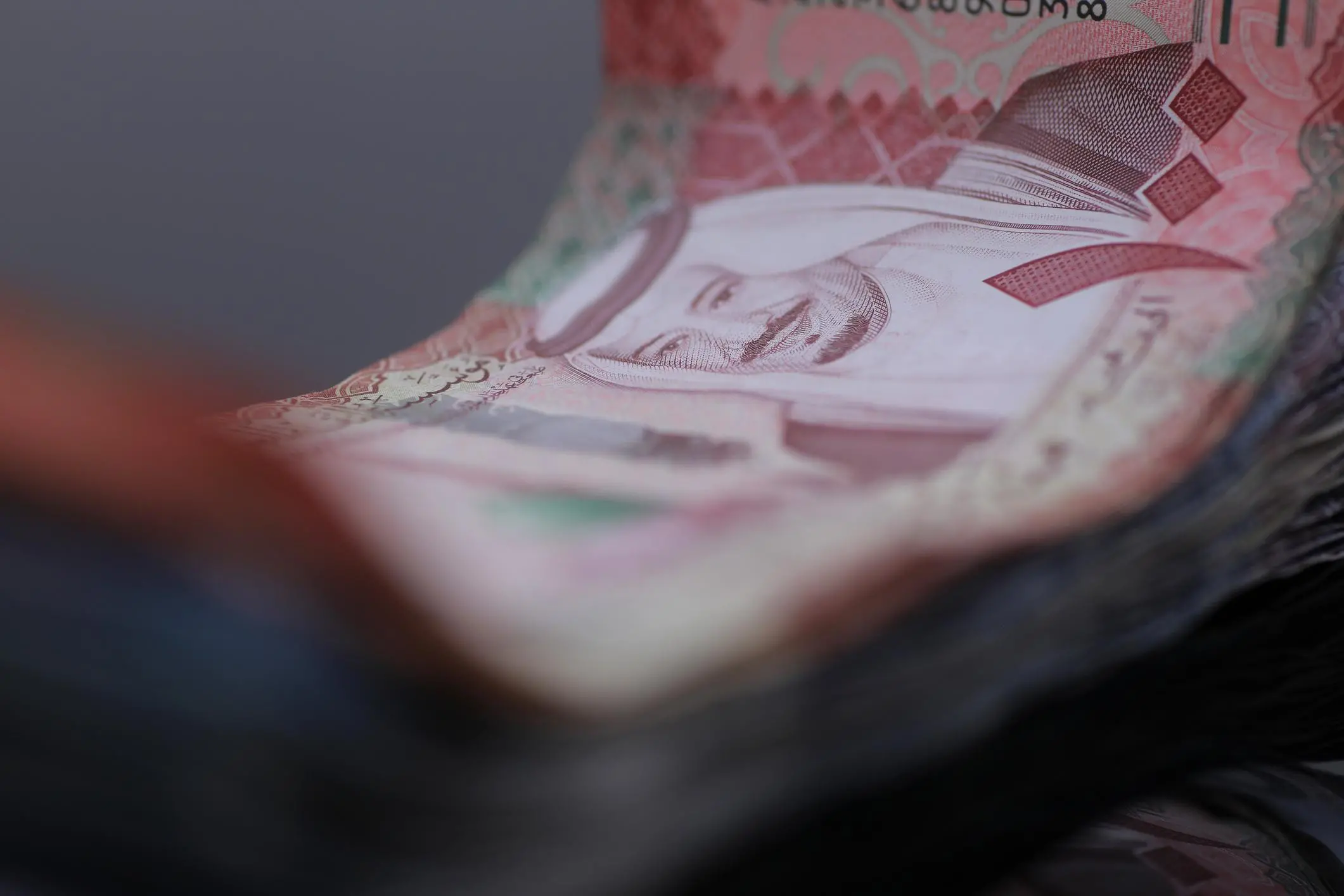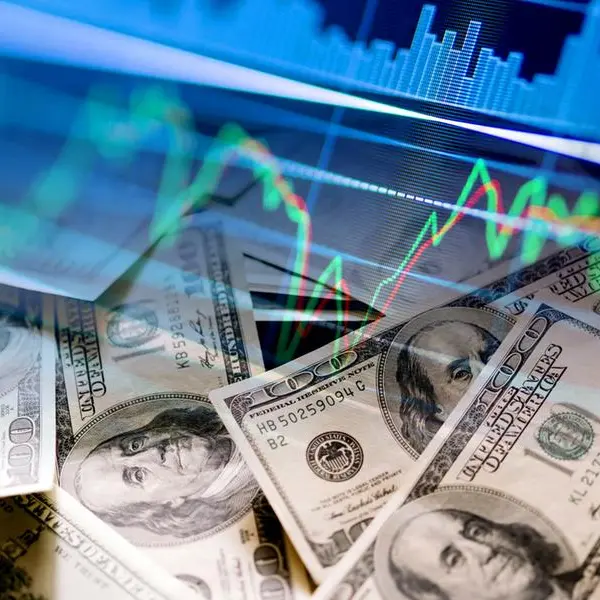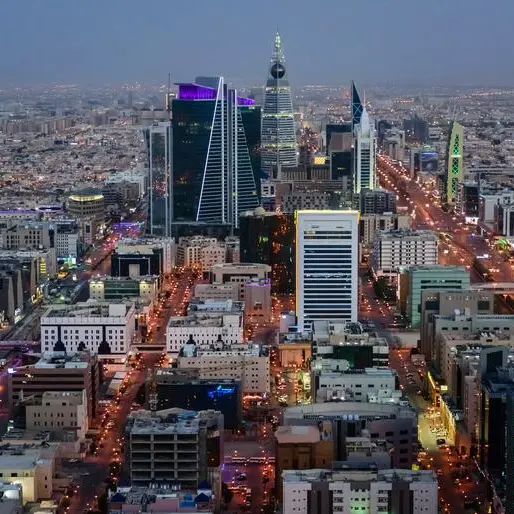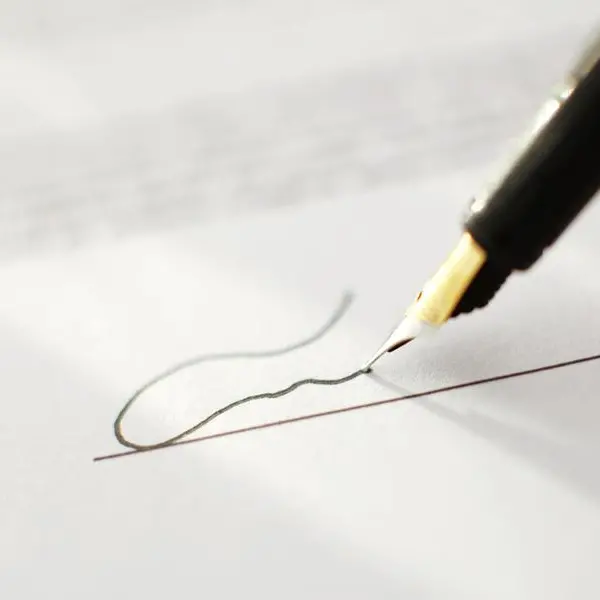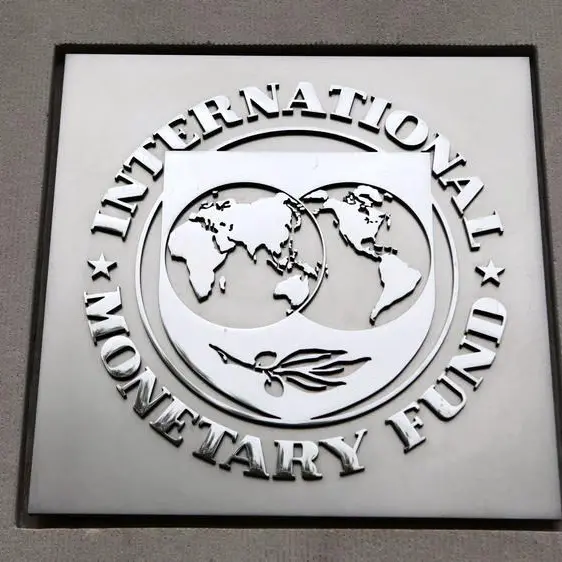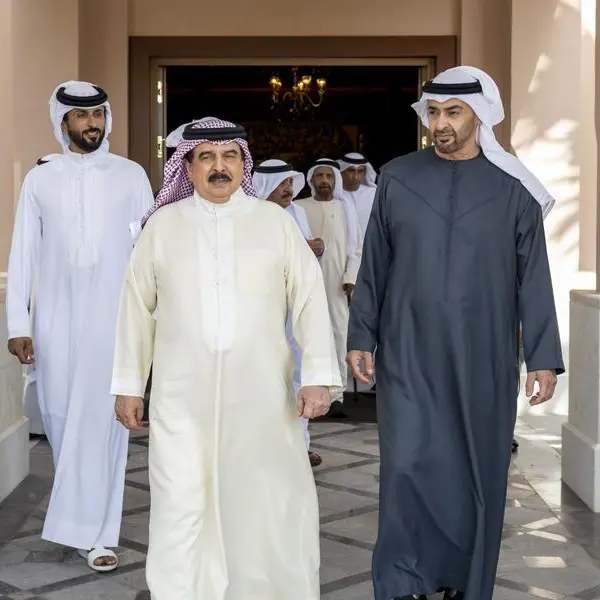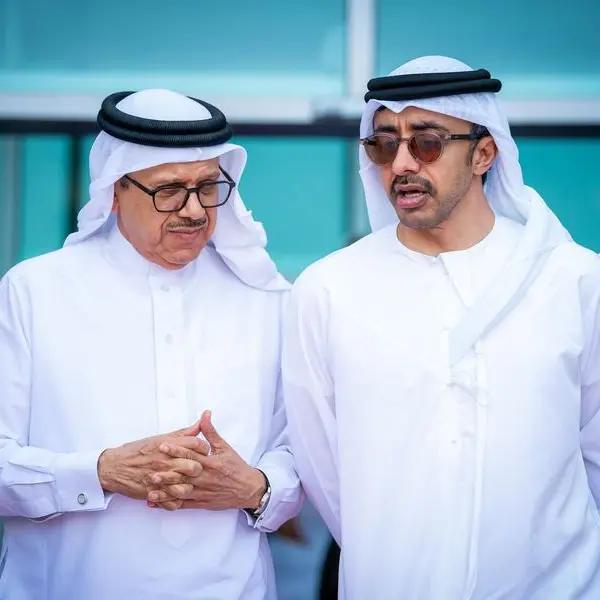PHOTO
Data from the Saudi Central Bank (SAMA) showed the foreign assets — a measure of its ability to support its dollar-pegged currency — rose by SR34 billion ($9.1 billion) to SR1.65 trillion from May to June. Total assets increased by SR16.18 billion to SR1.842 trillion, the central bank said on Saturday.
The value of Saudi Arabia’s oil exports in May increased by 147 percent to just over SR60 billion from a year earlier, while non-oil exports rose by 70 percent, the General Authority for Statistics showed last month.
The recent decline in Saudi Arabia’s foreign reserves to the lowest level in a decade was partly due to a lag between import payments and export receipts, the SAMA’s governor told Reuters last month.
The ratio of SAMA’s total assets at the end of July increased by 0.8 percent over the previous month and amounted to SR1.842 trillion. The rise in total assets is due to the rise in investments in securities abroad, which amounted to SR1.13 trillion, an increase of 0.5 percent over the previous month. The value of foreign exchange amounted to SR271 billion, an increase of 0.2 percent.
Net foreign assets declined significantly in 2020 as lower oil income strained finances and officials transferred $40 billion to the Kingdom’s sovereign fund to fuel an investment spree. The indicator — which topped $700 billion in 2014 after an oil boom increased savings — now stands at SR1.66 trillion.
The state’s general reserve declined during the period 2016 to 2020 from SR640 billion to SR358 billion, due to the increase in projects as a part of the Vision 2030 reform plans. The state is pouring significant funds on projects which will be compensated by future income, Zaed Alfaded, a financial analyst, told Arab News. These income streams are expected to increase with the country diversifying its economy away from oil and its price fluctuations, he added.
The government’s current account dipped from SR89 billion to SR52 billion, and then rose again to SR70 billion, as the government spent on its urgent requirements, Alfaded said.
Central bank data showed on Saturday that the issuance of SAMA bills, an indicator of increased lending to local banks, also declined, which Alfaded attributed to the bank’s plans to contain inflation and direct customers to save and invest.
This strategy, he said, will reflect positively on the markets for trading in financial assets and other investment assets in the Saudi economy.
Copyright: Arab News © 2021 All rights reserved. Provided by SyndiGate Media Inc. (Syndigate.info).
